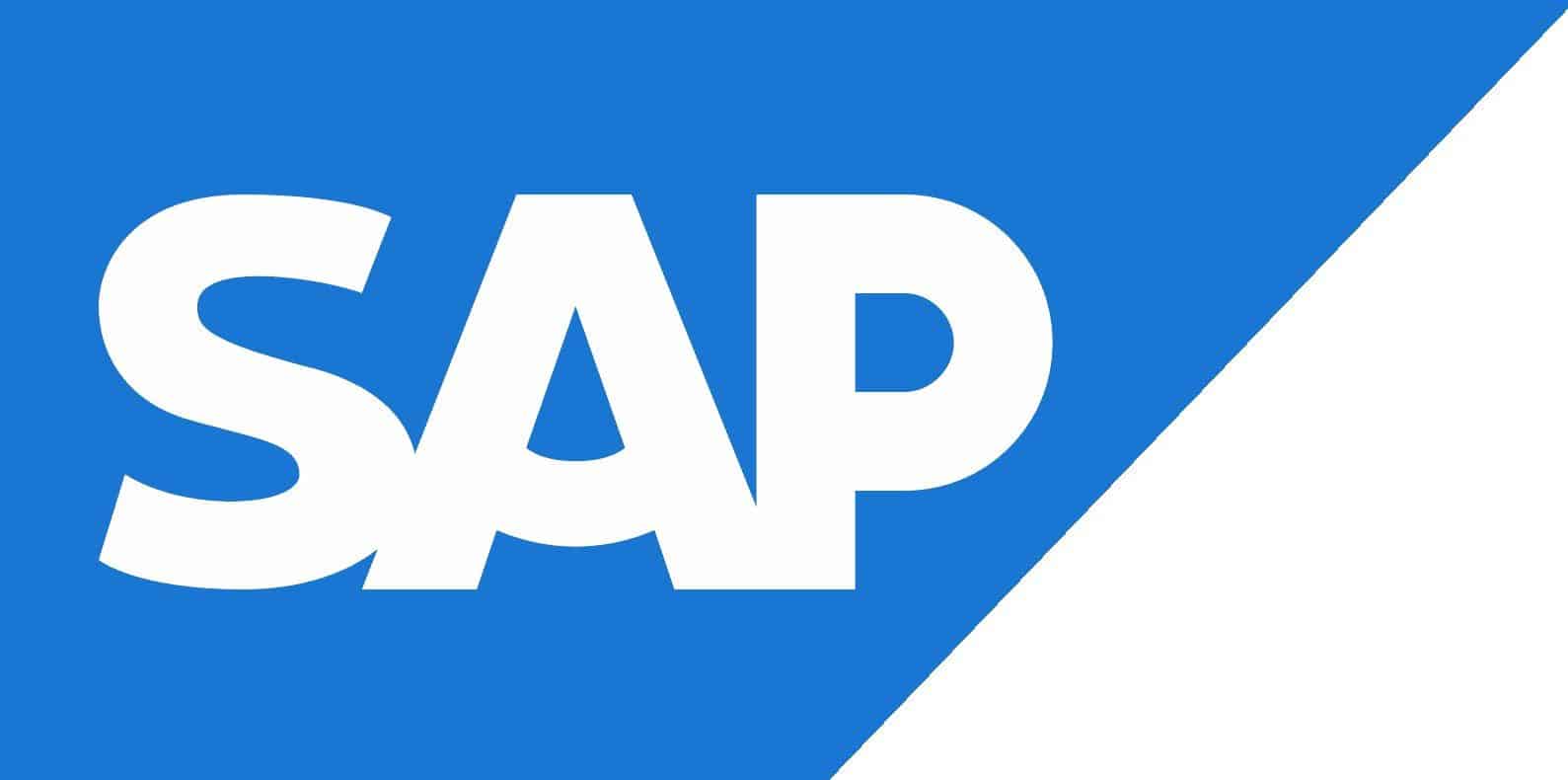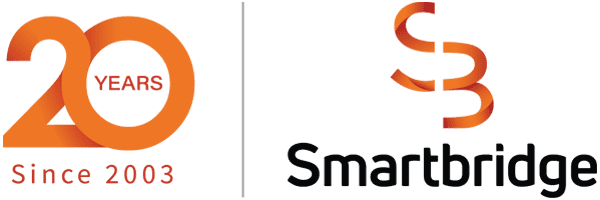Salesforce Case Study
Adopting Salesforce Health Cloud for Quality Management

Life Sciences Client Overview
The client is a global medtech company specializing in the development of innovative solutions for treating cardiovascular diseases and neuromodulation disorders. Their product portfolio focuses on improving patient outcomes in areas such as cardiac surgery, neuromodulation for epilepsy, and sleep apnea therapy. With operations across more than 100 countries, the company aims to advance healthcare through cutting-edge technology and research.
Challenges with paper-based patient tracking
As a heavily regulated company, the organization must track the patient data and the devices implanted with each patient. The legacy paper-based methods for receiving the implant & patient information were causing multiple challenges such as poor data quality, unverifiable implant information for effective recall management, and resource-intensive data entry.
Implementing a new Quality Management System with Health Cloud
The Smartbridge team assessed the customer’s needs, paying particular attention to data privacy and security concerns related to HIPPA compliance, and recommended adopting a Salesforce Health Cloud system.
Health Cloud is a Salesforce platform specialized for healthcare organizations. Leveraging Health Cloud’s capabilities, we implemented a new Quality Management System to effectively intake and analyze device tracking data.
Our solution focused on the following key aspects of the People, Process, and Technology framework:
Managing Patient Master Data
Due to data privacy concerns, we reviewed the master patient data structure, determined that there were inaccuracies and duplicate records within the associated database, and implemented a new schema which retained only required fields, reducing the number of equivalent records being generated and stored and ensuring that no unnecessary Personally Identifiable Information (PII) was retained. This helped us to reorganize and standardize the master patient data, improving the quality of the records stored in the database and helping to better maintain compliance with regulatory requirements.
Salesforce Shield for Data Privacy and Security
Recognizing the importance of keeping Personally Identifiable Information (PII) data secure, we made use of Salesforce Shield to bolster the Health Cloud system. We used the Salesforce Shield Platform Encryption to natively encrypt selected critical data across the application.
Additionally, Shield allows for real-time event monitoring of performance and usage data for the platform, audit trails verifying the state and value of data for any date and time within the system, and data detection capable of scanning for and protecting sensitive data. These features help enable effective monitoring of any activity on the platform.

Public Portal for Data Intake
Understanding that the manual process of intaking data was creating inaccuracies due to illegible writing or missing fields, we designed a secure portal hosted on Health Cloud that required accurate data to be entered and all necessary fields to be filled before being submitted.
The portal allowed end-users to look-up necessary information to eliminate data redundancy and improve data quality. Lookups require end-users to enter initial values before being allowed to view possible matches to select from, ensuring that PII is secured from unauthorized end-users and accessible only when required.
Flagging Data for Validation
To facilitate back office users to effectively validate the data, we identified and implemented workflow rules in Health Cloud to flag records that may need additional review and offline follow-ups to ensure the data accuracy. The workflow was designed to notify users immediately when an incomplete or flagged record arrives in the system.
Generating Reports for Analysis
To enable prompt analysis of the data, we implemented a series of reports in Health Cloud based on common use-cases.

Integrations with Enterprise Systems
Recognizing the value of consolidating relevant data in one system, we used a Salesforce connector to synchronize relevant data from the client’s Sales Cloud platform with the Health Cloud platform to reduce data duplication and ensure consistency across the organization.
Furthermore, a Boomi process was used to synchronize relevant data from client’s SAP platform to enable the Health Cloud platform’s function as a central repository for medical device related data.
Finally, this data from Health Cloud was synchronized with the client’s Microsoft Azure data repository to be used for other system integrations.

Developing User On-Boarding Process with Periodic Reviews
To ensure that system onboarding of new users could proceed without delay, we documented a process for requesting and approving user access to the Health Cloud System that incorporates periodic reviews regarding user access to minimize wasted or underutilized account licenses.
The Outcome of Implementing Health Cloud
The implementation of the Health Cloud solution yielded significant benefits for the medical device manufacturer:
If you are a Life Sciences organization in MedTech or Pharma and looking to explore how Health Cloud or the new Life Sciences Cloud may solve similar problems, contact Smartbridge. We’ll pair you with a senior expert to provide recommendations and guidance.
There’s more to explore at Smartbridge.com!
Sign up to be notified when we publish articles, news, videos and more!
Other ways to
follow us:






